Home>Garden Essentials>How Many Inches Of Water For Lawn Care In The USA
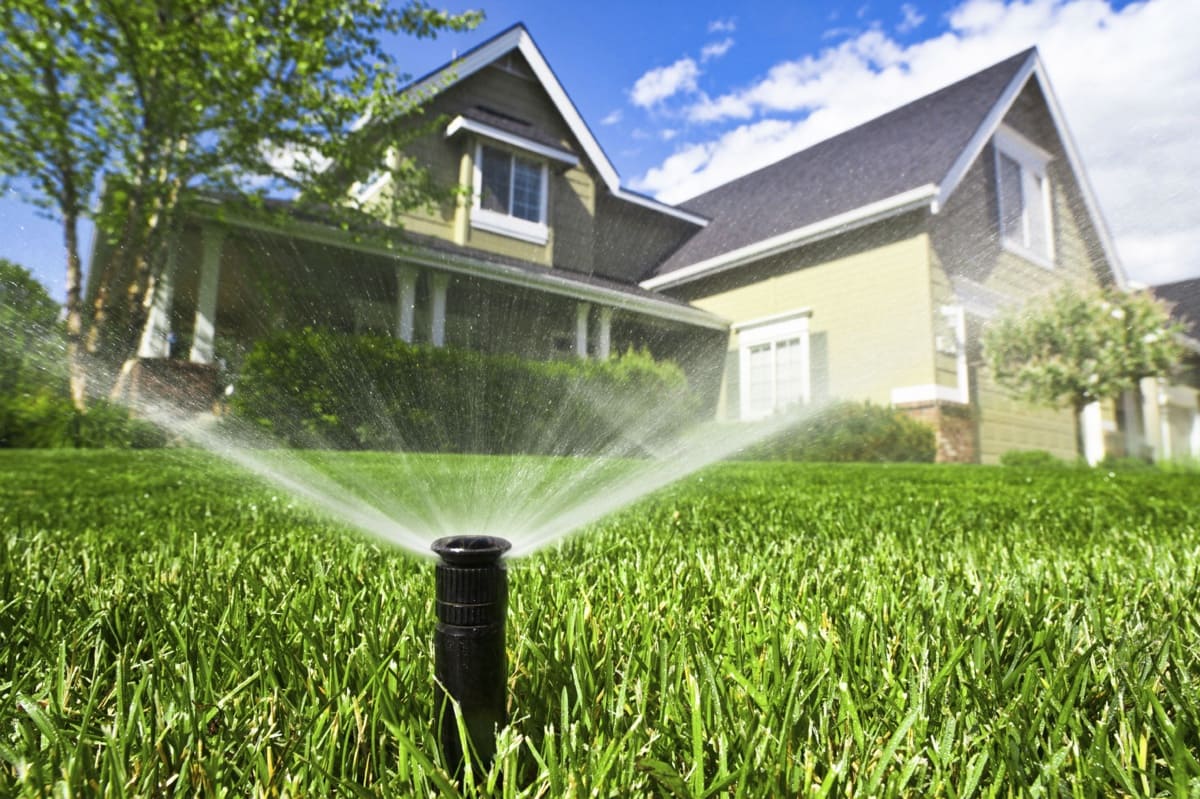

Garden Essentials
How Many Inches Of Water For Lawn Care In The USA
Modified: October 19, 2024
Achieve a lush garden with the right watering technique. Learn the ideal water depth for lawn care in the USA and keep your garden thriving.
(Many of the links in this article redirect to a specific reviewed product. Your purchase of these products through affiliate links helps to generate commission for Storables.com, at no extra cost. Learn more)
Introduction
Maintaining a lush, vibrant lawn in the United States often involves a delicate balance of care and attention. Among the various factors crucial to the well-being of your lawn, the amount of water it receives is paramount. Understanding the optimal watering practices, including the depth and frequency of watering, is essential to promote healthy grass growth and root development.
Watering your lawn may seem straightforward, but it is a task that requires thoughtful consideration. In this comprehensive guide, we delve into the intricacies of lawn watering in the USA. From the factors influencing watering needs to the recommended watering depths for different grass types, we aim to equip you with the knowledge needed to nurture a thriving, verdant lawn.
Join us as we explore the art and science of lawn watering, unraveling the mysteries of how many inches of water your lawn truly needs for optimal care and growth.
Key Takeaways:
- Your lawn’s watering needs depend on factors like climate, grass type, and soil. Deep, infrequent watering promotes strong root growth, making your lawn more resilient to drought and stress.
- Water your lawn in the morning, monitor soil moisture, and follow recommended watering depths for your grass type. These practices help nurture a healthy, vibrant lawn while conserving water.
Read more: How Many Alarm Systems In The Usa
Factors Affecting Watering Needs
Several factors influence the watering requirements of a lawn, and understanding these elements is crucial for effective lawn care. Climate stands out as a primary determinant of a lawn’s watering needs. In the arid regions of the southwestern United States, for example, lawns often require more frequent watering due to the hot and dry conditions. In contrast, regions with cooler and more humid climates may necessitate less frequent watering.
The type of grass also plays a pivotal role in determining watering needs. Cool-season grasses, such as Kentucky bluegrass and fescue, thrive in cooler climates and typically require more frequent watering. Warm-season grasses, including Bermuda grass and Zoysia grass, are better suited to warmer climates and generally have lower watering requirements.
Soil composition and drainage capacity are additional factors that impact watering needs. Sandy soils drain water more quickly, often necessitating more frequent watering, while clay soils retain moisture for longer periods, requiring less frequent watering. The presence of thatch, a layer of dead grass and organic matter, can also affect water penetration and absorption, influencing the lawn’s watering needs.
Furthermore, the amount of sunlight and shade your lawn receives influences its watering requirements. Areas with ample sunlight may experience higher evaporation rates, necessitating more frequent watering, while shaded areas may retain moisture for longer, requiring less frequent watering.
By considering these factors, you can tailor your lawn care practices to meet the specific watering needs of your lawn, ensuring that it receives the optimal amount of moisture to thrive and flourish.
Recommended Watering Depth by Grass Type
Understanding the recommended watering depth for different grass types is essential for providing adequate moisture to support healthy growth. The depth of watering directly impacts the development of the grass roots, which in turn influences the overall health and resilience of the lawn.
For cool-season grasses such as Kentucky bluegrass, fescue, and ryegrass, a general guideline is to ensure that the soil receives approximately 1 to 1.5 inches of water per week. This can be achieved through a combination of rainfall and supplemental watering. When watering, it is advisable to apply the water slowly to allow for deep penetration, encouraging the roots to grow deeper into the soil. This deep-rooting characteristic enhances the grass’s ability to withstand periods of drought and stress.
Warm-season grasses, including Bermuda grass, Zoysia grass, and St. Augustine grass, typically require around 1 inch of water per week. Similar to cool-season grasses, it is beneficial to water these grass types deeply to promote strong root development. Deep watering encourages the roots to reach deeper into the soil, making the grass more resilient and better equipped to withstand environmental challenges.
Regardless of the grass type, it is important to monitor the soil moisture level to ensure that the water penetrates to the root zone. One effective method is to use a soil probe or a simple screwdriver to check the depth of moisture penetration. If the soil is dry beyond the top inch or two, it may be time to water. Conversely, if the soil is consistently wet, it may indicate overwatering, which can lead to issues such as root rot and fungal diseases.
By adhering to the recommended watering depths for specific grass types and monitoring the soil moisture levels, you can provide your lawn with the appropriate amount of water to support healthy root development and overall vitality.
In the USA, it’s generally recommended to water your lawn with 1-1.5 inches of water per week, either through rainfall or irrigation. This helps promote healthy root growth and overall lawn health.
Watering Frequency
Establishing the correct watering frequency is crucial for maintaining a healthy and resilient lawn. While the recommended watering depth provides insight into the amount of water your lawn requires, the frequency of watering is equally important. The goal is to establish a consistent watering schedule that promotes deep root growth and overall lawn health.
For most grass types, including both cool-season and warm-season varieties, watering the lawn deeply once per week is generally sufficient. Deep watering encourages the roots to grow deeper into the soil in search of moisture, making the grass more resilient to drought conditions. However, in hotter and drier climates, lawns may require more frequent watering to combat the increased evaporation rates and water loss.
It is important to observe the lawn for signs of water stress, such as wilting or a bluish-gray hue, which indicates that the grass is in need of moisture. Additionally, footprints or mower tracks that remain visible on the grass long after being made can be a sign that the lawn requires watering.
While a weekly watering schedule is generally suitable for many regions, it is essential to adjust the frequency based on specific environmental conditions. During periods of intense heat or drought, lawns may require more frequent watering to maintain their health and vigor. Conversely, during cooler and wetter periods, it may be necessary to reduce the watering frequency to prevent over-saturation of the soil.
By paying close attention to the condition of your lawn and being mindful of the environmental factors at play, you can fine-tune the watering frequency to meet the specific needs of your lawn, promoting robust growth and a lush, vibrant appearance.
Watering Tips
Effective watering practices are essential for nurturing a healthy and resilient lawn. By incorporating the following tips into your lawn care routine, you can optimize the watering process to promote robust grass growth and long-term vitality.
- Water in the Morning: It is advisable to water your lawn in the early morning, ideally before 10 a.m. This timing allows the grass to dry before evening, reducing the risk of fungal diseases that can thrive in moist conditions.
- Use Proper Irrigation Techniques: Whether using a sprinkler system or a hose with a nozzle, ensure that the water is distributed evenly across the lawn. Avoid overwatering specific areas, as this can lead to uneven growth and potential waterlogging issues.
- Monitor Soil Moisture: Regularly check the soil moisture level to gauge the effectiveness of your watering routine. Adjust the frequency and duration of watering based on the moisture content of the soil, striving to maintain consistent but not excessive moisture levels.
- Encourage Deep Root Growth: Water deeply and infrequently to promote strong root development. This practice encourages the roots to grow deeper into the soil, enhancing the lawn’s ability to withstand periods of drought and stress.
- Consider Rainfall: Take into account any rainfall when determining the need for supplemental watering. During periods of adequate rainfall, adjusting the watering schedule accordingly can prevent overwatering and potential issues associated with excessive moisture.
- Utilize Mulch: Applying a layer of organic mulch around trees, shrubs, and garden beds can help conserve soil moisture and reduce water evaporation, benefiting the overall health of the lawn and surrounding vegetation.
- Observe Watering Restrictions: Be mindful of any local watering restrictions or guidelines in your area. Adhering to these regulations not only promotes responsible water usage but also contributes to the health of the local ecosystem.
By implementing these watering tips, you can cultivate a thriving lawn that exhibits resilience, vibrancy, and enduring beauty. Thoughtful and attentive watering practices are fundamental to the overall health and longevity of your lawn, ensuring that it remains an inviting and verdant space for relaxation and enjoyment.
Conclusion
Watering your lawn is a fundamental aspect of maintaining its health and vitality, and understanding the nuanced factors and best practices associated with watering is essential for achieving optimal results. By considering the climate, grass type, soil composition, and other influential factors, you can tailor your watering approach to meet the specific needs of your lawn, promoting robust growth and resilience.
Adhering to the recommended watering depths for different grass types and establishing a suitable watering frequency are key components of effective lawn care. By encouraging deep root growth through thoughtful watering practices, you can fortify your lawn against environmental stressors and foster a lush, thriving landscape.
Incorporating proper irrigation techniques, monitoring soil moisture, and adhering to watering guidelines contribute to the overall health of your lawn while promoting responsible water usage. By leveraging these strategies, you can nurture a resilient and vibrant lawn that enhances the beauty of your outdoor space and provides a welcoming environment for leisure and recreation.
As you embark on your lawn care journey, remember that attentive and informed watering practices are central to cultivating a healthy and enduring lawn. By embracing the art and science of lawn watering, you can create an outdoor oasis that captivates the senses and enriches the natural splendor of your surroundings.
With a deep-rooted understanding of watering needs and a commitment to thoughtful care, your lawn can flourish as a testament to the harmonious balance between nature and nurture.
Frequently Asked Questions about How Many Inches Of Water For Lawn Care In The USA
Was this page helpful?
At Storables.com, we guarantee accurate and reliable information. Our content, validated by Expert Board Contributors, is crafted following stringent Editorial Policies. We're committed to providing you with well-researched, expert-backed insights for all your informational needs.


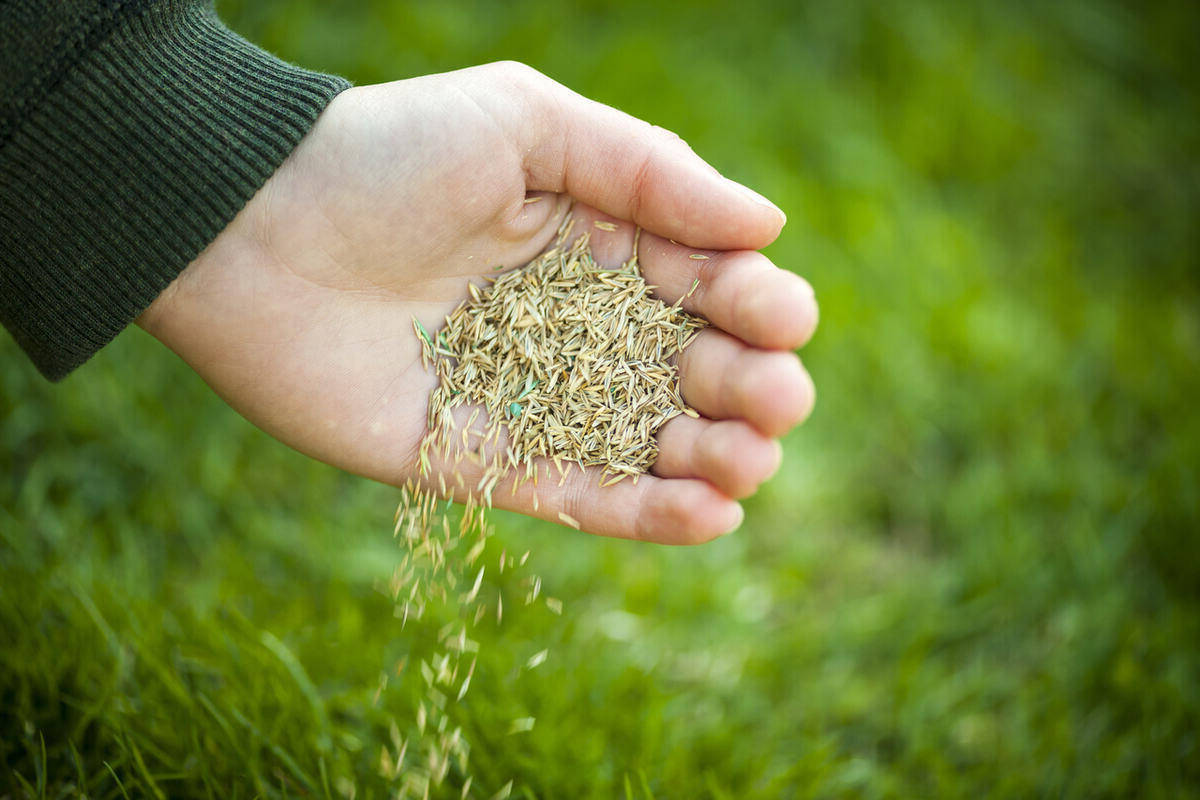
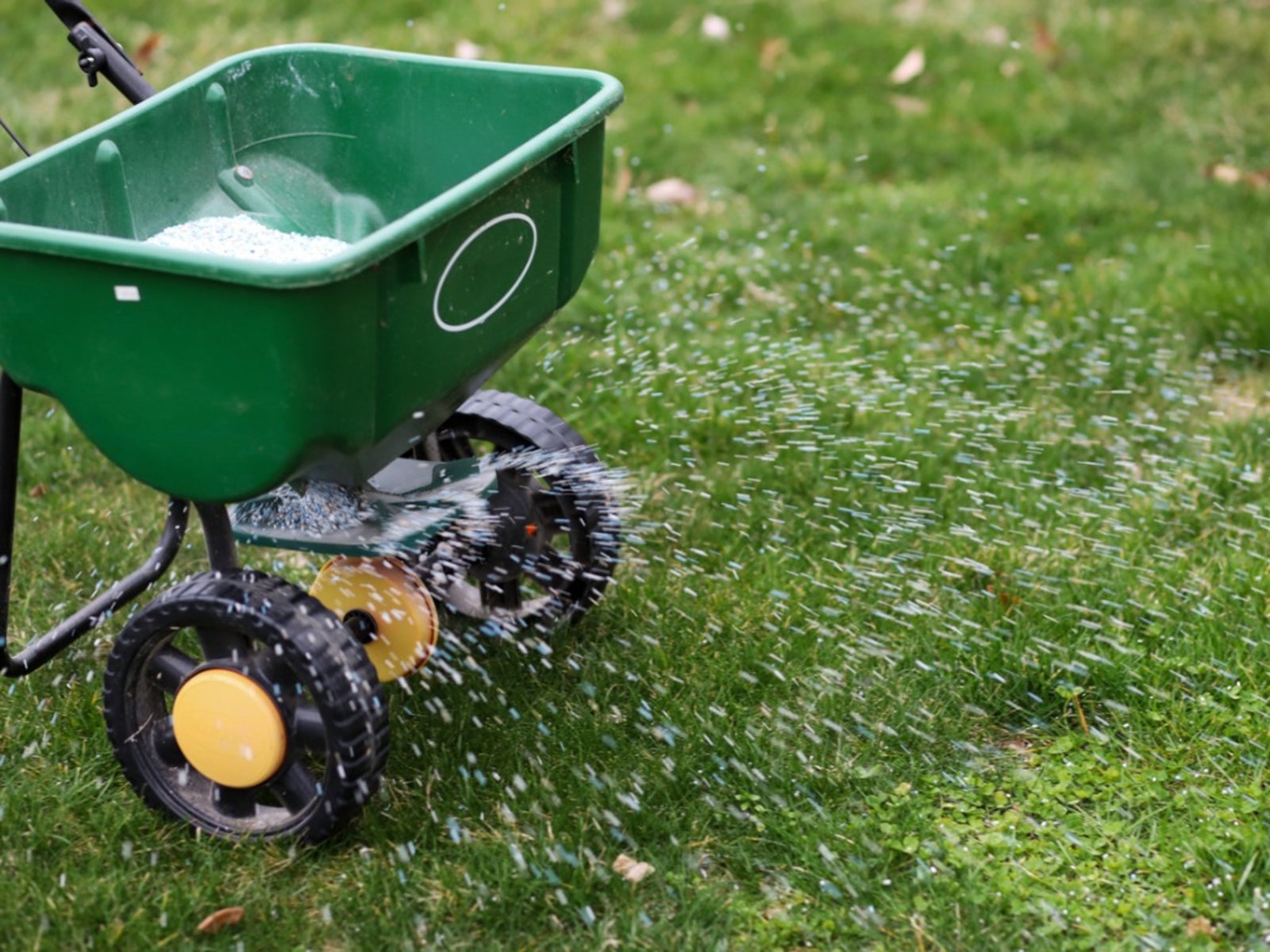
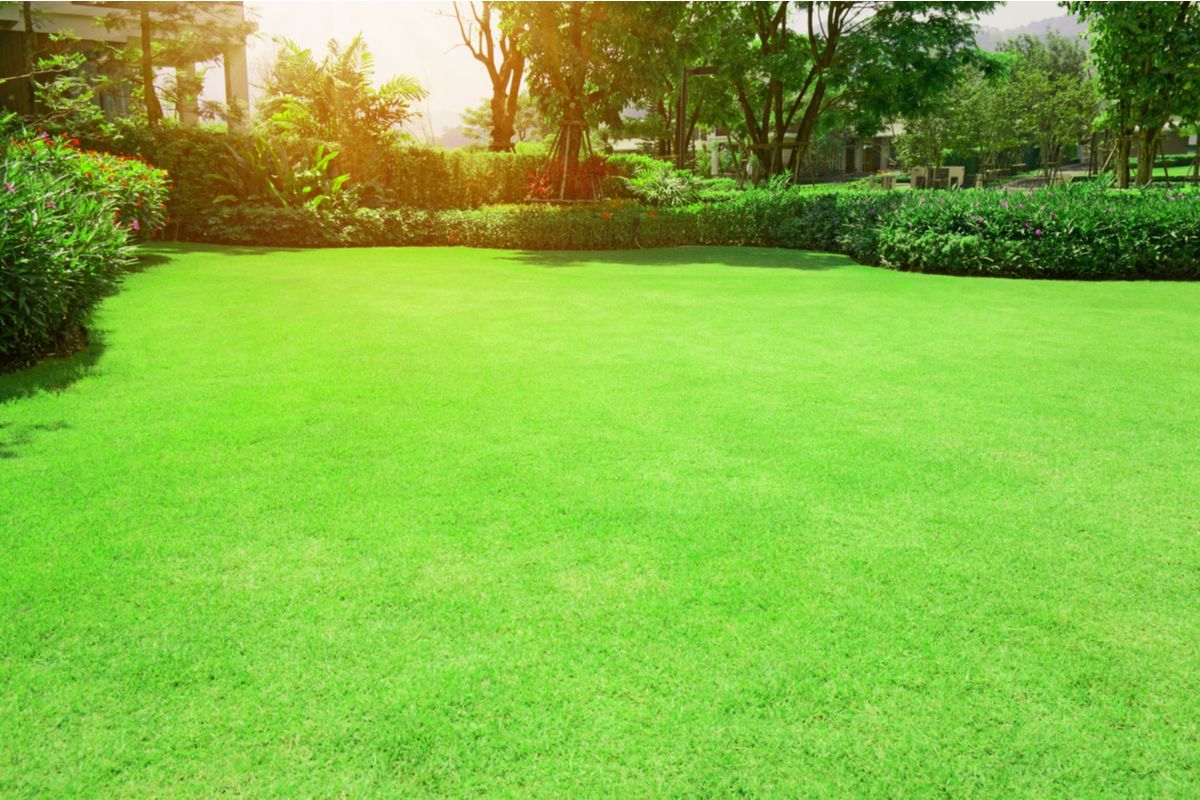

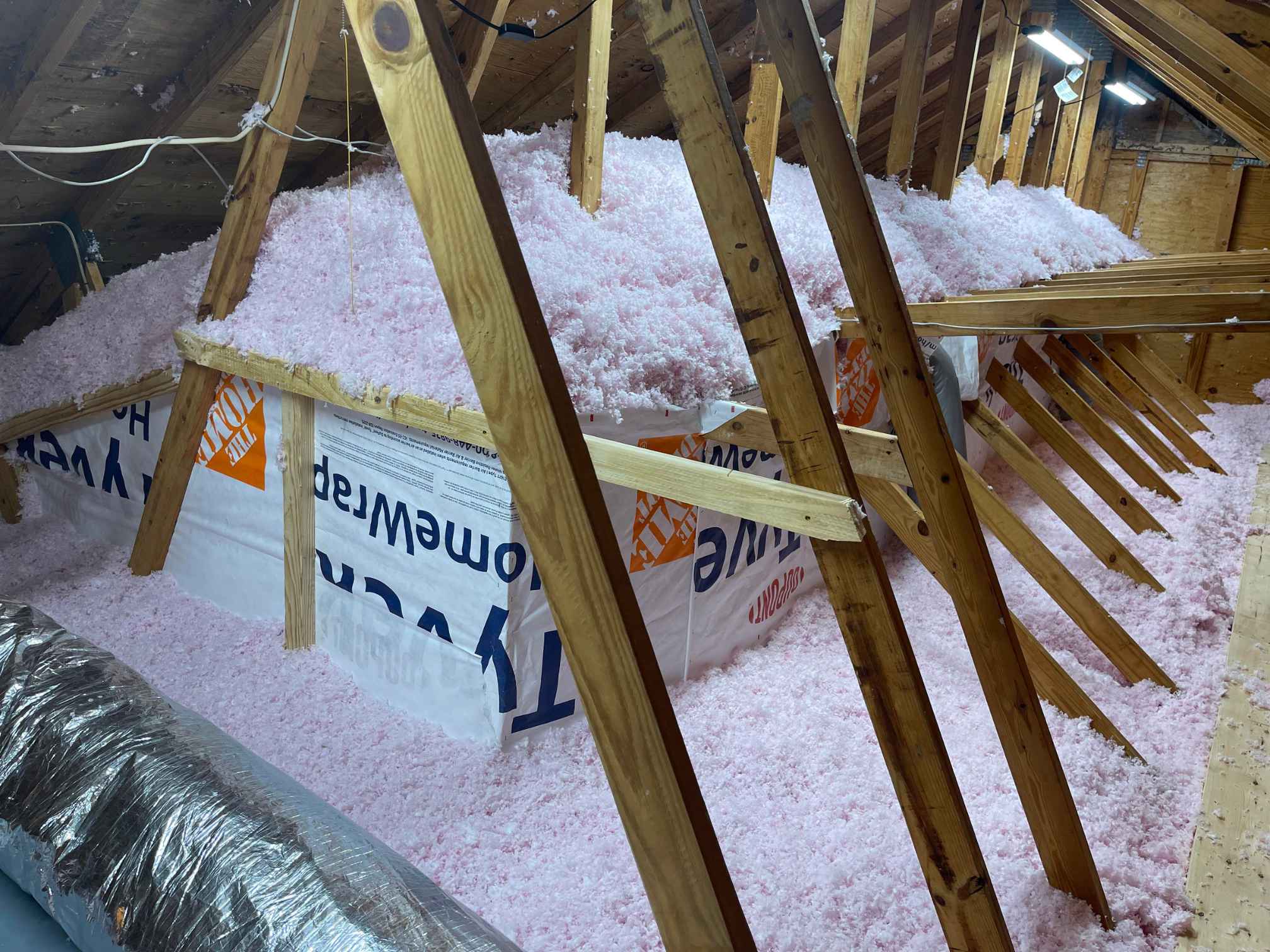

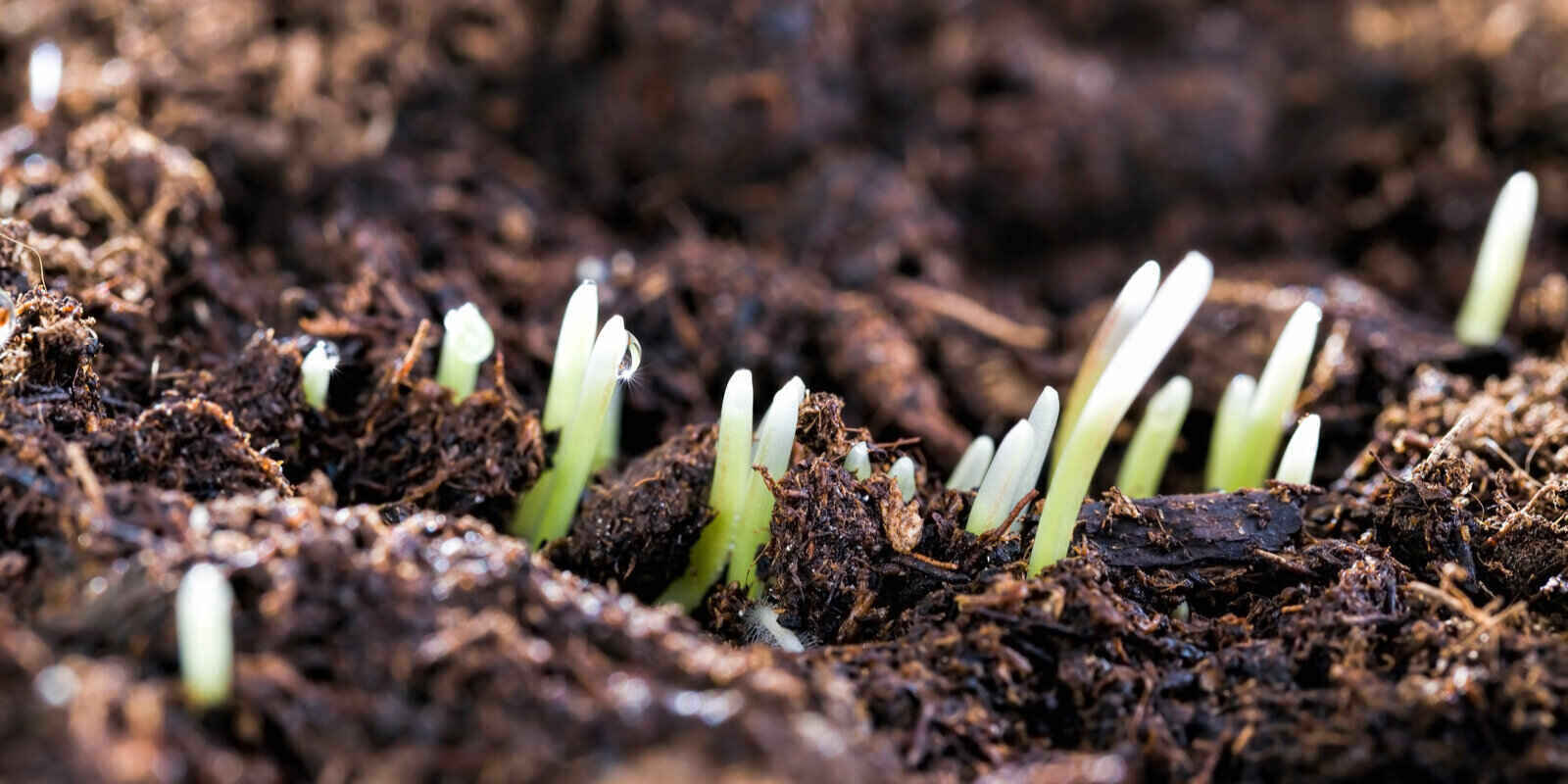

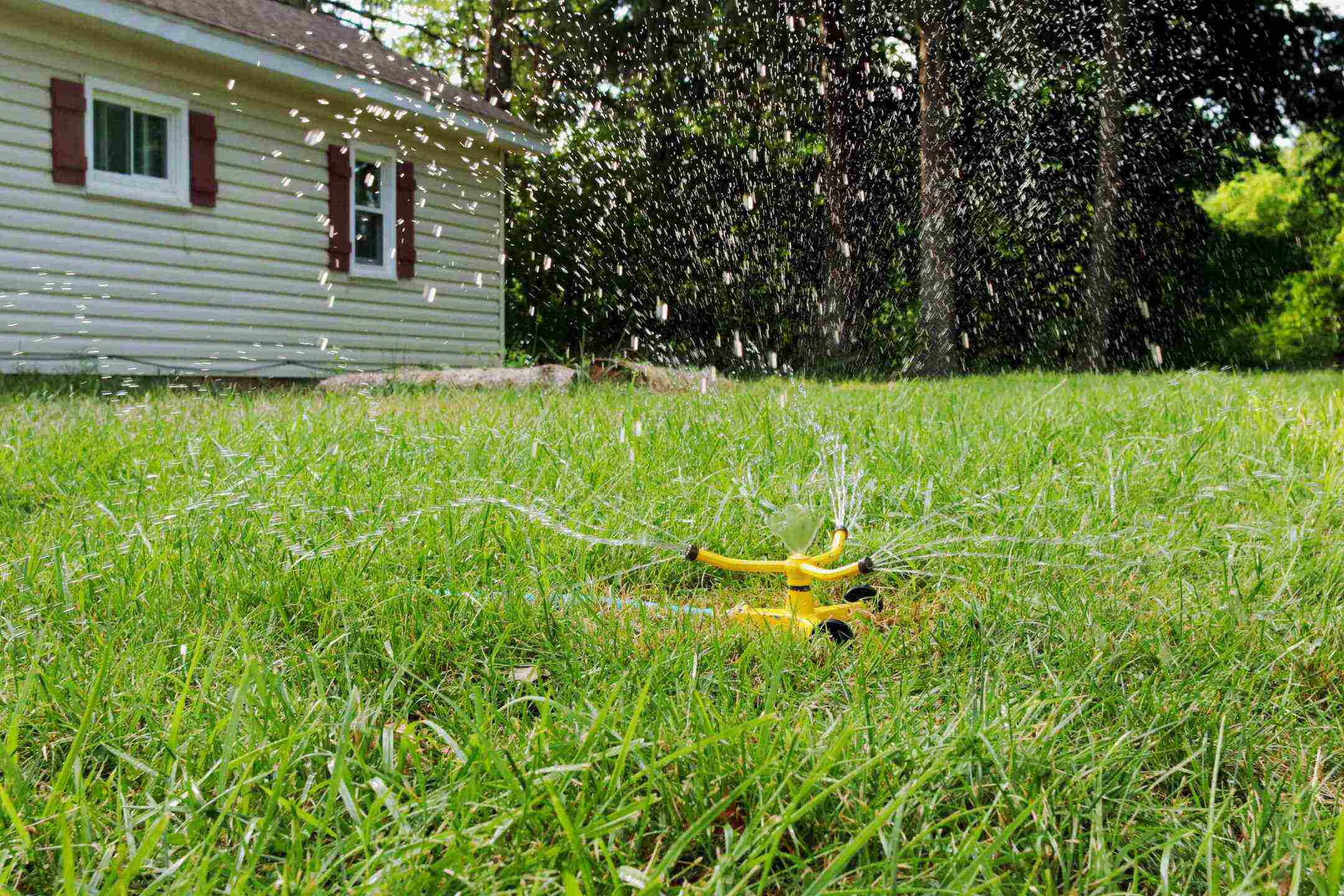
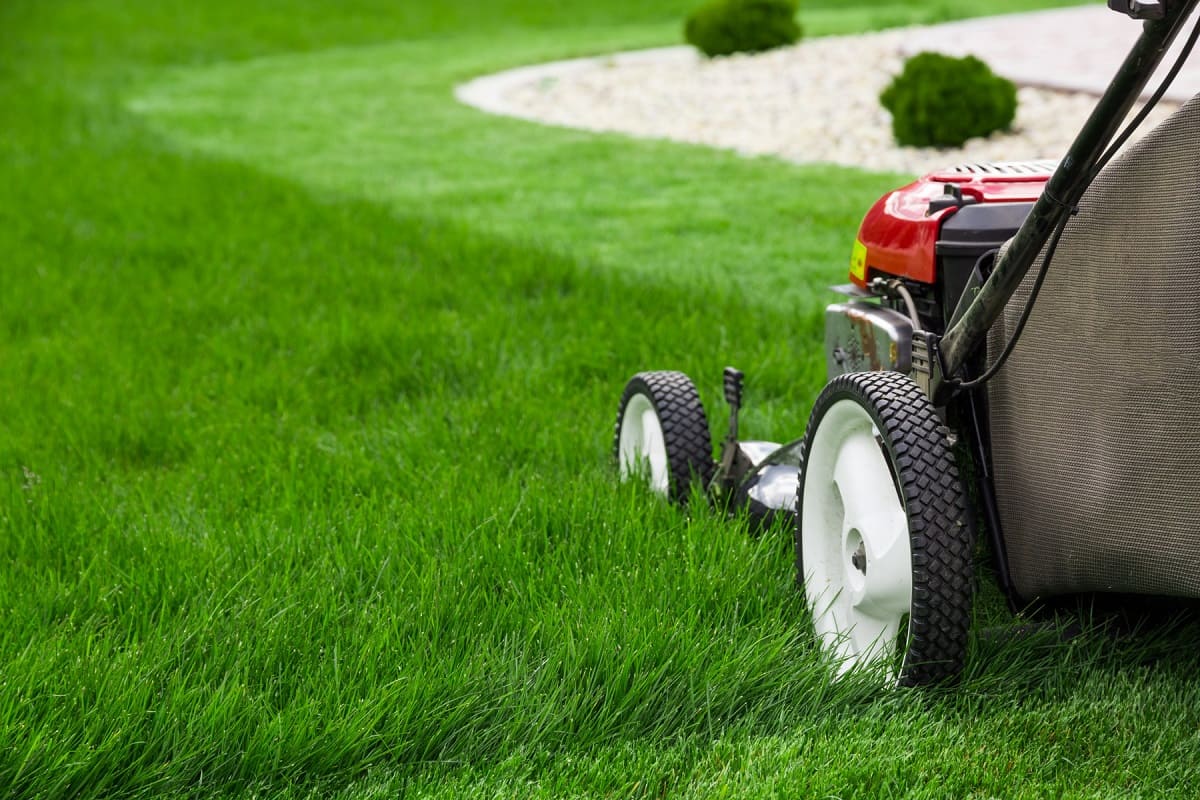



0 thoughts on “How Many Inches Of Water For Lawn Care In The USA”